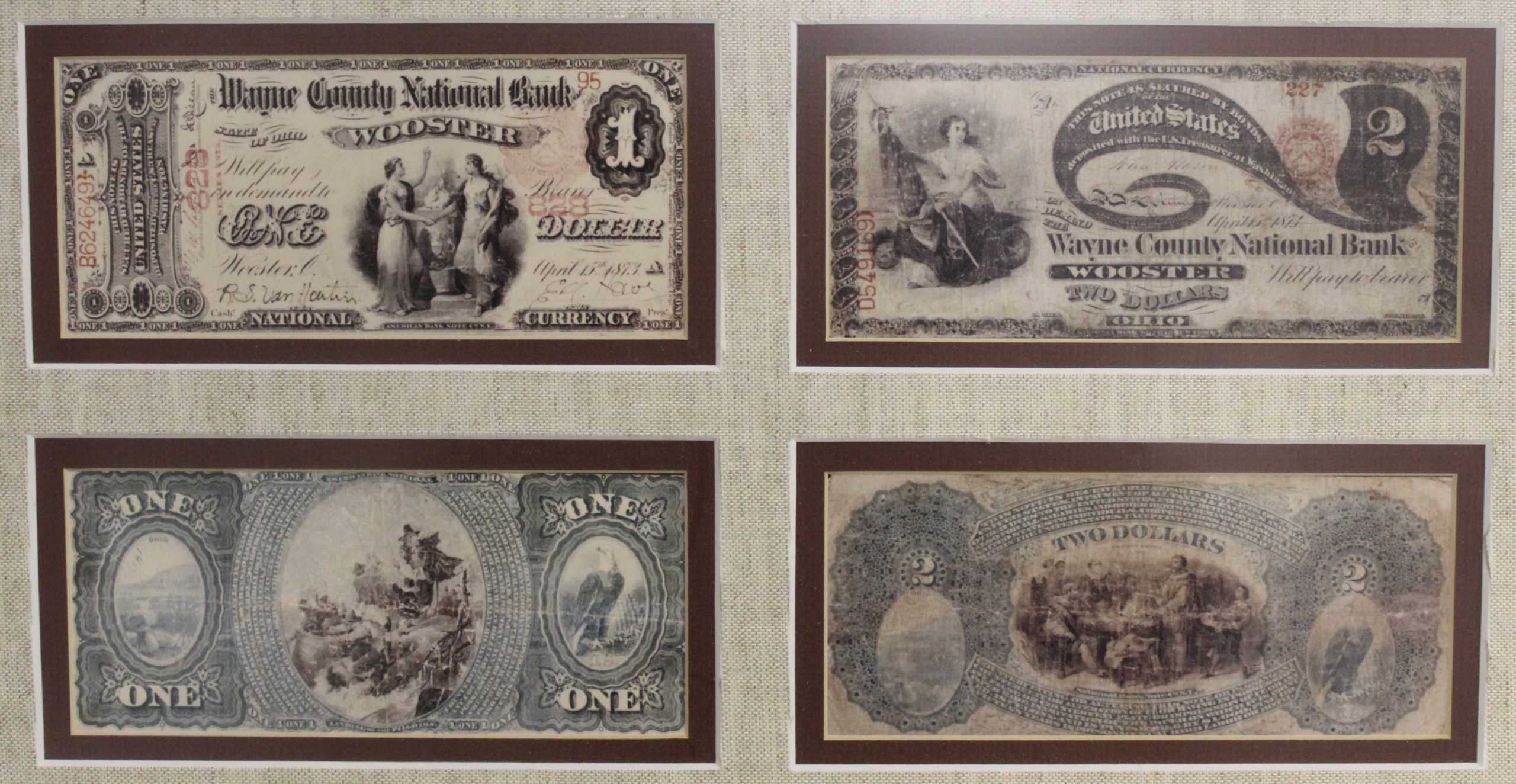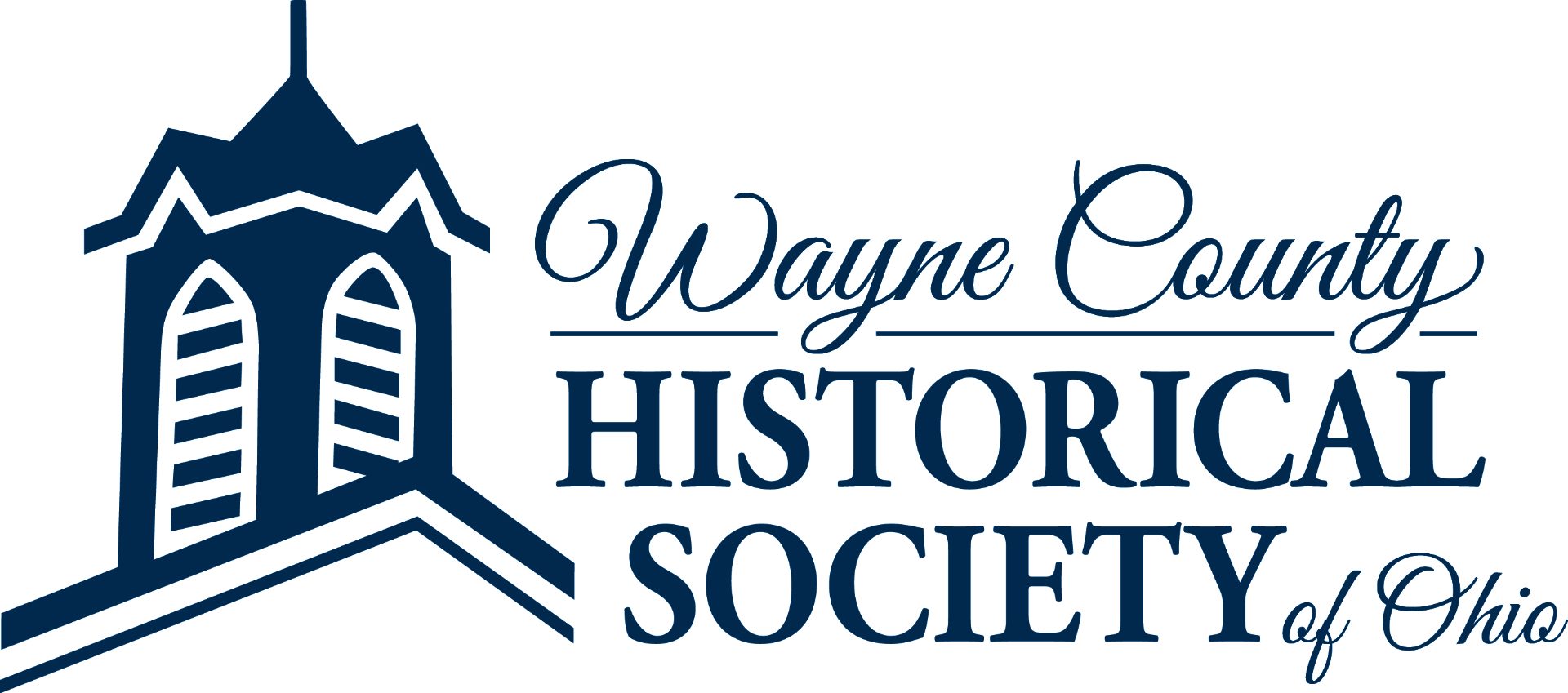
Did you know that prior to the Civil War, banks were allowed to print their own money under the supervision of bank examiners employed by each state? It was an arrangement that often led to fraud or outright theft, leaving banks bankrupt and citizens stuck with worthless currency.
During the Civil War, Secretary of the Treasury Salmon Chase, a former Governor of Ohio, believed that you could not finance a war with so much worthless currency floating around the states. So, at his urging Congress passed the National Bank Act, in an effort to establish a stable national currency backed by government securities. If a state bank would agree to become a national bank and subject to national regulation, the federal government would print currency with the local bank’s name on it and send it to them for circulation, provided they also bought war bonds in the same amount and left those bonds on deposit with the U.S. Treasury.
These notes were issued to Wayne County banks as part of that arrangement. They are still legal tender, but the value to collectors far surpasses in nominal value. The notes on display at the historical society are copies; the originals are in a private collection. The two notes shown here are the only ones known and are therefore very rare. Between the passage of the National Bank Act and 1932, when the practice of printing notes with local bank names ended, there were eight national banks in Wayne County that issued U.S. currency.
